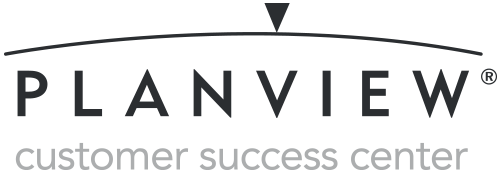

Selected User Stories for the Sprint become a Time Point assignmentĭuring the second part of the Meeting concrete tasks are checked and also remaining estimates for the User Stories are clarified.Of course such issues are resolved on an individual basis.Īrtifacts to be composed out of the Planning Meeting: So the team, together with the Product Owner, discuss if it makes sense to delegate the feature to somebody else and have lower performance, or if it will be better to postpone it to the next Sprint, waiting for the right specialist. Almost everybody has their own specialization and sometimes it happens that if a person is on vacation or sick, some area of functionality won’t be addressed efficiently during the sprint. We don’t have a team where every developer can do whatever his colleague can do. There are some preconditions discussed at the planning meeting. User Stories should be estimated in advance ( by setting its Initial Estimate attribute in Polarion ALM), or if considered to be small, then concrete estimation might be agreed on in the meeting.Product Backlog Items (User Stories), in order of business demand.if they feel that some functionality may conflict with some agreements or principles, or one described feature is inconsistent with some other.Īrtifacts to be discussed during Planning Meeting include: BTW, they may also come in with concerns – e.g. Normally the User Stories in the Product Backlog are have been inspected by developers in advance, rough estimations have been given, so in the Planning Meeting team members come with prepared questions. We check decomposition of User Stories to child User Stories, Tasks, Improvements, Defects and validate capacity of the team using the LivePlan feature of Polarion ALM which reveals over- and under- tasked people, potential bottlenecks, and dependencies as soon as we plug our tentative plan into the system. The second part is a rather internal meeting, where the team decides who will implement what. The first part involves the Product Owner, and possibly other stakeholders, if required to clarify backlog items, ensure common understanding of things to be done and commit the team to some items. Typically the meeting is split to two parts. The goal of the Planning Meeting is to ensure that the team fully understands the Product Backlog items, to commit the team to implementing agreed-on items in upcoming sprint, and to ensure proper distribution of work among team members. In this post and the next I’ll describe how we manage those meetings with the Polarion development team.

Meetings are the essential part when team commits to Product Owner on the amount of work (features) they will address over the sprint, they discuss the progress on Daily Scrums and, finally, access results on the end meeting. As described in previous chapters, Scrum allows us to identify problems and help find ways resolve them. Meetings are possibly the most important assets of Scrum.


 0 kommentar(er)
0 kommentar(er)
